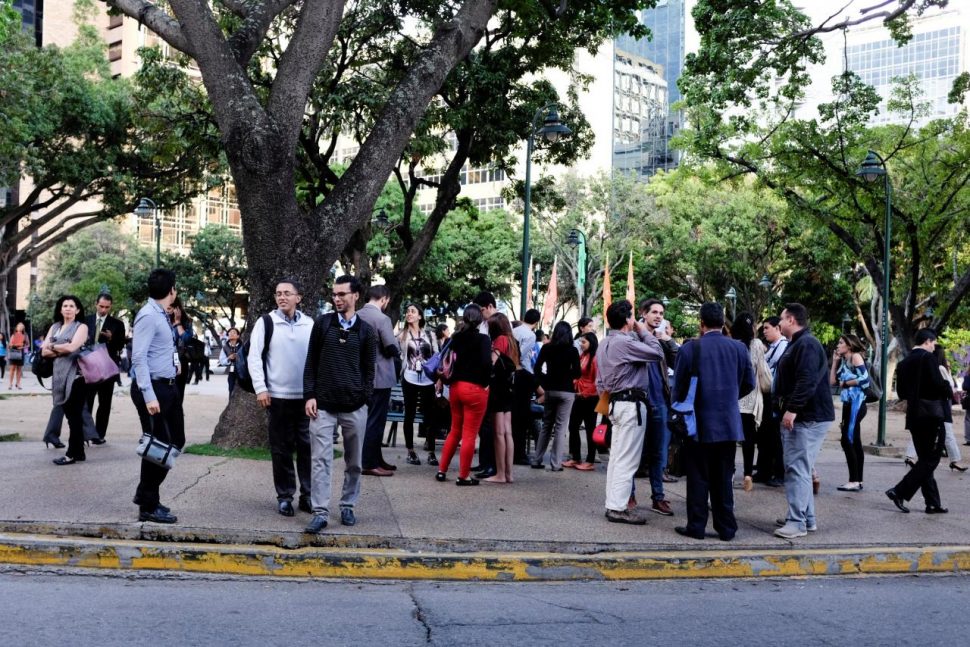CARACAS, (Reuters) – A major earthquake of magnitude 7.3 struck Venezuela’s eastern coast, home to largely poor fishing communities, on Tuesday and shook buildings in Caracas, Colombian capital Bogota, and on islands in the Caribbean.
There were no immediate reports of injuries, Venezuelan Interior Minister Nestor Reverol said in an internet broadcast on Tuesday. But worried Venezuelans with relatives close to the epicenter said they were struggling to contact their family members due to shaky phone lines.
The quake hit just as the oil-rich nation is wrestling with a crippling economic crisis. Medicine is running short, hospitals are barely functioning and there are severe shortages of basics like chicken and milk.
It was not immediately clear if there was any damage to Venezuela’s oil industry, which oversees the world’s biggest crude reserves. State oil company PDVSA did not immediately respond to a request for comment.
The U.S. Pacific Tsunami Center canceled an earlier warning of a possible tsunami along the coast near the epicenter, some 190 kilometers (118 miles) from Cumana, the capital of the eastern state of Sucre.
In Venezuela’s picturesque palm tree-dotted northern coast, residents said the long quake was terrifying. The tremor made residents nauseous, caused lamps to swing and led people to dash into the streets.
“I had gotten into bed to watch the news on TV and my bed started to move as if it was made of water,” said Elia Sanchez, a doctor in Cumana. “We had to go down nine floors, it felt like it would never end.”
Rosymer Rodriguez, who was also in Cumana, said she could not see any significant damage but that people were still fearful.
“There are still people in the street. There are people packing bags in case there are aftershocks,” said Rodriguez.
The quake was also felt in capital Caracas, where residents rushed out of office buildings, as well as in nearby island nations like Trinidad and Tobago, and St. Lucia, to the west and north. Residents in Trinidad and Tobago shared video online showing some damage to buildings.
USGS geophysicist Jessica Turner said the quake’s depth, 76.5 miles (123 km) below the surface, would dampen some of the shaking but not enough to prevent damage.
“A 7.3 magnitude quake is going to cause some damage particularly as in this area, structures are vulnerable. The Earth is able to absorb some of the energy, but a 7.3 quake produces a lot of energy,” she said by telephone.










